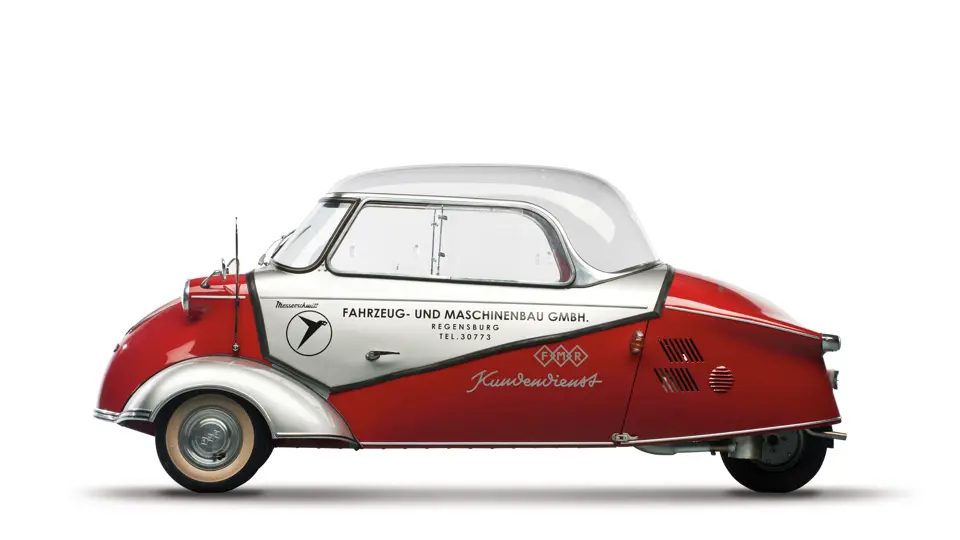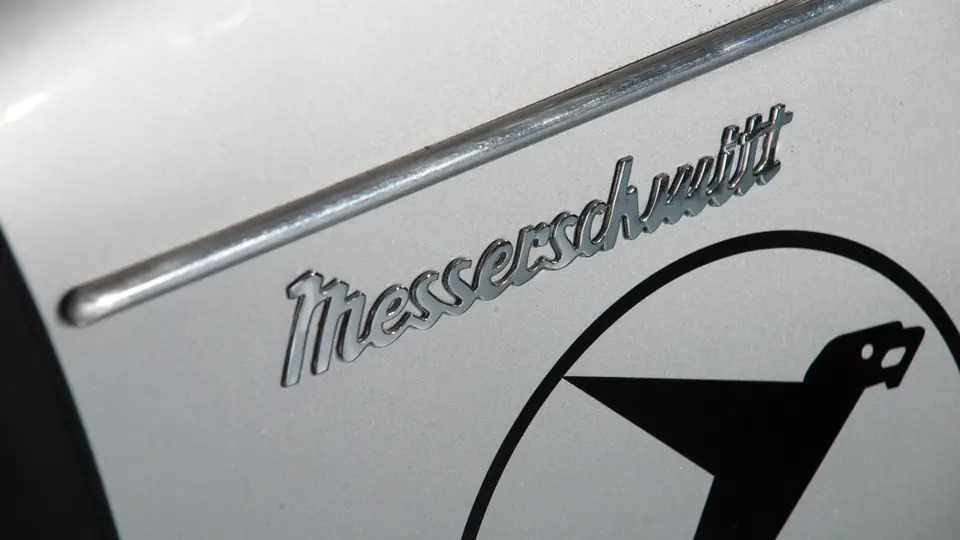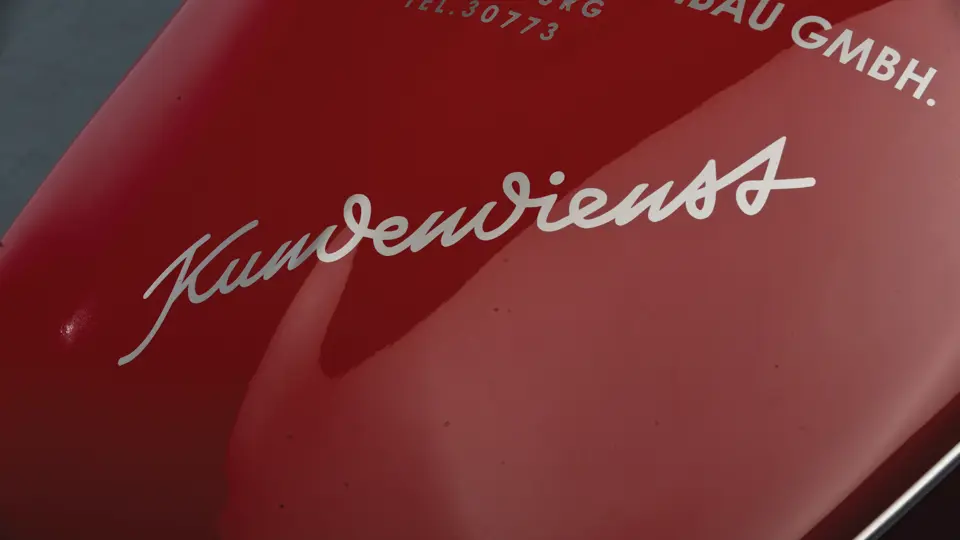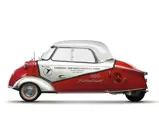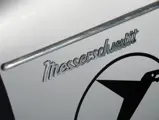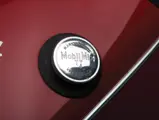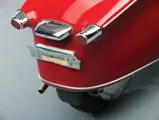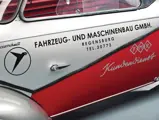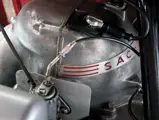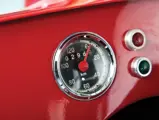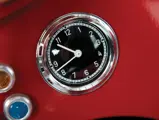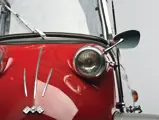A full restoration of a rare example with the only existing original tow bar.
SPECIFICATIONS
Manufacturer: Fahrzeug und Maschinenbau Regensburg
Origin: Regensburg, Germany
Production: 12
Motor: Fichtel & Sachs 1-cyl., 2-stroke
Displacement: 191 cc
Power: 9.5 hp
Length: 9 ft. 3 in.
Identification No. 78904
Today, with the Messerschmitt Cabin Scooter at the pinnacle of an upscale microcar collector scene, it is difficult to recall that the car’s origins were that of a utility vehicle, representative of an austere period of recovery for people rebuilding from the devastation of war.
The first stage was the two wheelers, with motorcycles and scooters being built by a large variety of manufacturers filling a ready market of mostly younger people going back to work, with young women’s preference for weather protection and easy starting bringing scooter development to the fore. The second stage was that of small enclosed vehicles now being considered by a broader segment of the population who found a little more room in the budget for weatherproof transportation and, for the first time in years, actual holidays. And the third stage was the evolution of the small “mobil” into genuine small cars, which rapidly grew larger following the rapidly growing wealth of the general population into the sixties.
The Messerschmitt three-wheeler followed this trend, known as the “Economic Miracle,” and became an iconic symbol of this recovery period to the people, who fondly recall it to this day. This meant, however, that in the early sixties, the Kabinenroller, with its faint whiff of austere necessity, was no longer a serious proposition and had to find more and more niche markets to serve.
One of these specialized markets that it appeared to be perfectly suited for was the Dealer’s Service Car. An automotive service depot or garage would have to send two of its staff to pick up a customer’s car, with one driving it back. The Messerschmitt Service Car concept was the solution. Only one staff member was required to drive to the customer’s home in the economical Messerschmitt equipped with a special tow bar. The bar would be attached to the customer’s bumper, and the staff member returned in the customer’s car, towing the Messerschmitt, which steered of its own accord because of the suspension geometry, following the tracks of the car in front. In all, it was labor-saving, with only one person required. It saved gas money, as it was only a one-way trip. It required less storage space than a pickup truck in the shop and could be easily lifted for maneuvering around. And above all, it was a very good advertising medium, as people stopped in their tracks to see the “caravan” go by.
According to government regulations, the Messerschmitt assumed the status of a trailer and was subject to stringent trailer regulations (more stringent than in North America), which included the requirement of a pair of reflective triangles, for which removable holders are provided with the car. The bumper clamp is constructed to fit a range of automobiles that were current at the time. The Messerschmitt had special suspension components to attach the tow bar to. Inside the car are special fittings to secure the bar assembly, which locates along the right side wall and fits into the space once occupied by the removable child’s seat. Service Cars did not have luggage racks fitted, but custom paint schemes were offered.
This rare car was subject to a painstaking restoration process in Germany. Getting the parts and authorization from the licensing department to build the car took over a year. The tow bar itself was rebuilt using the last two existing incomplete bars found in two private collections. It is now the only existing original Service Car with a tow bar.
This is an exceptional opportunity to acquire a unique and significant Messerschmitt.





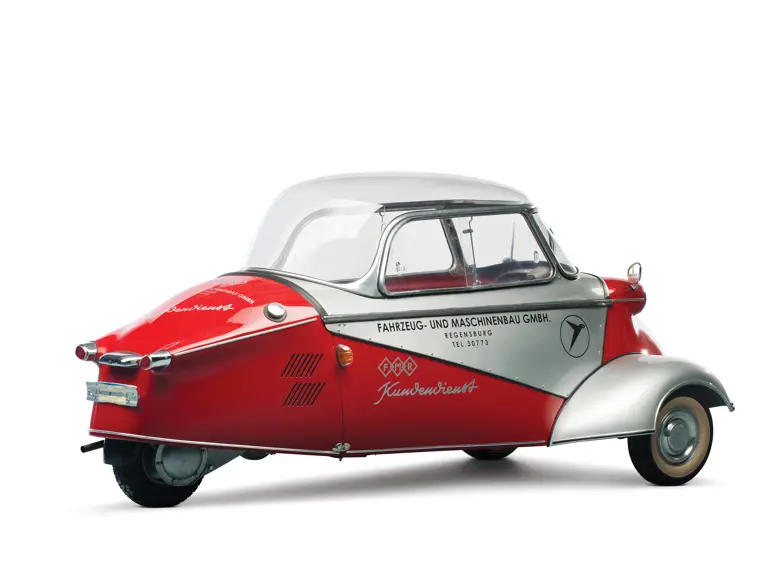
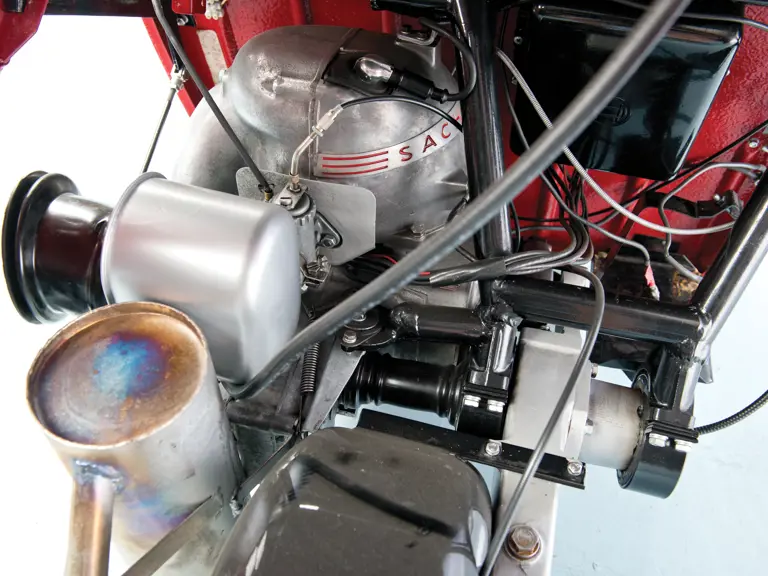
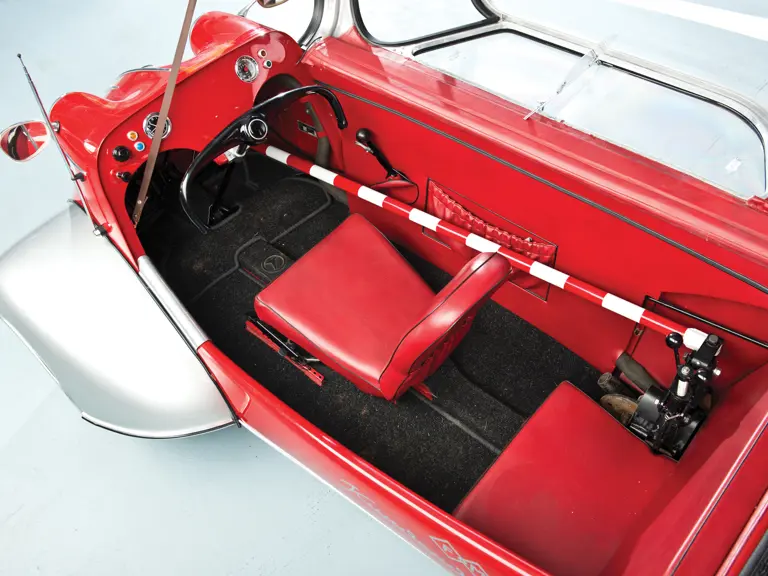
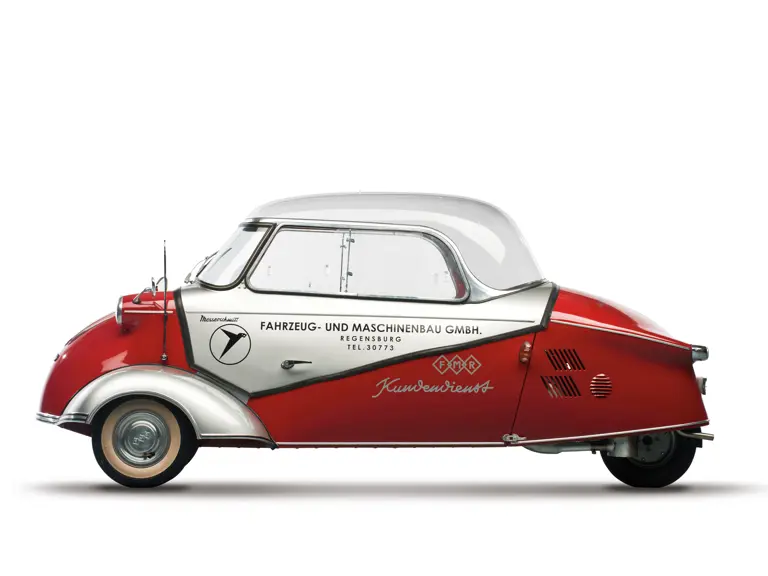
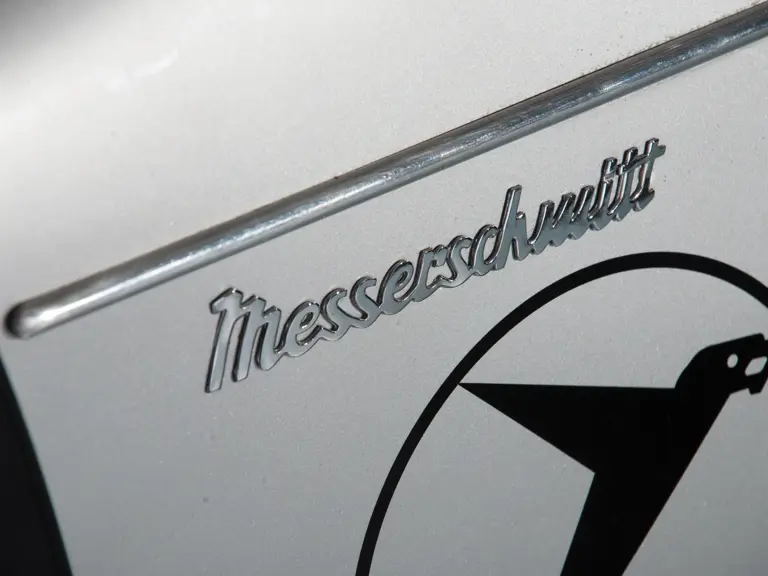
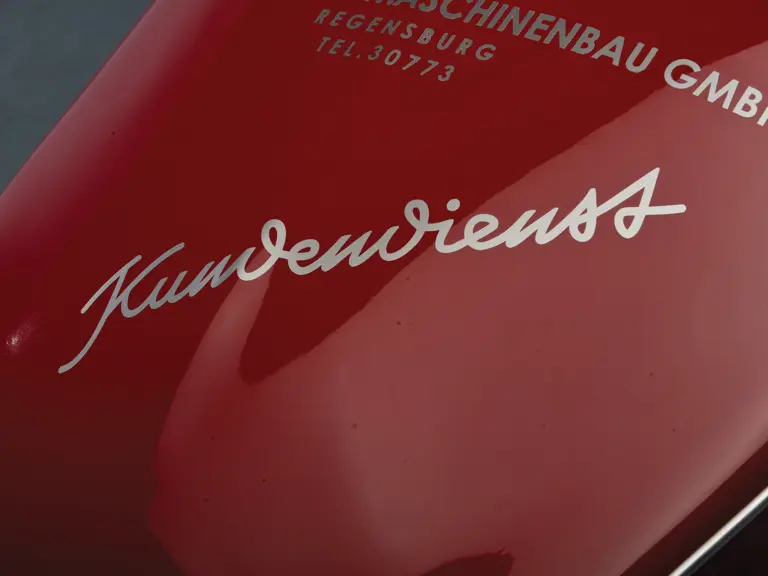
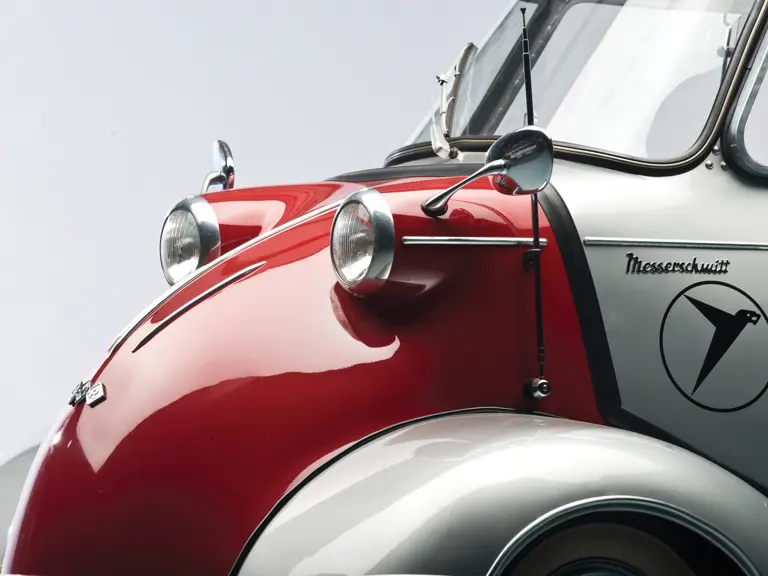

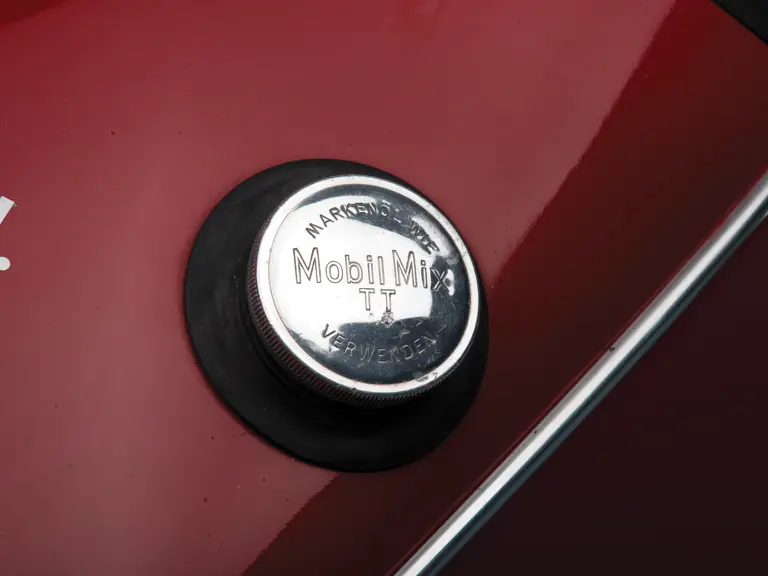

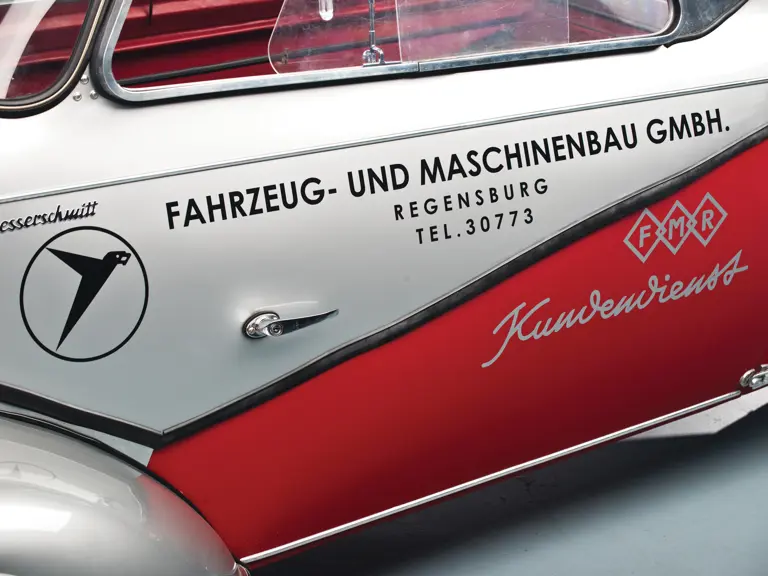



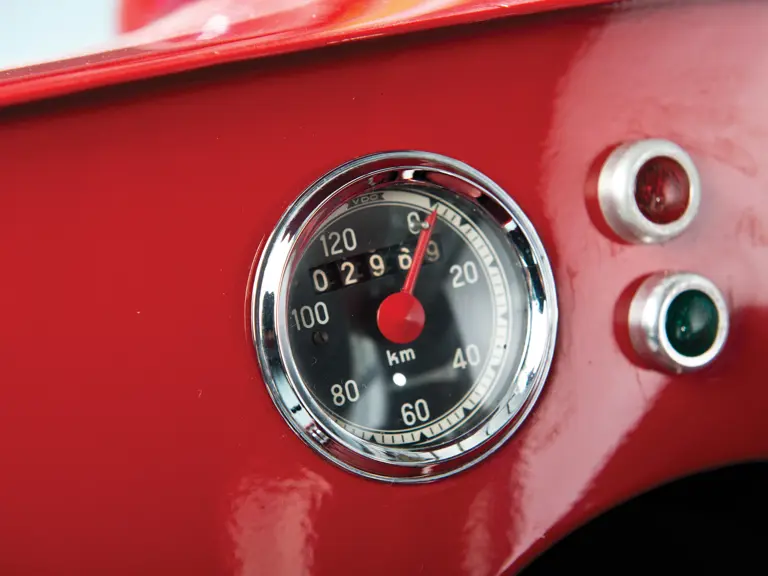
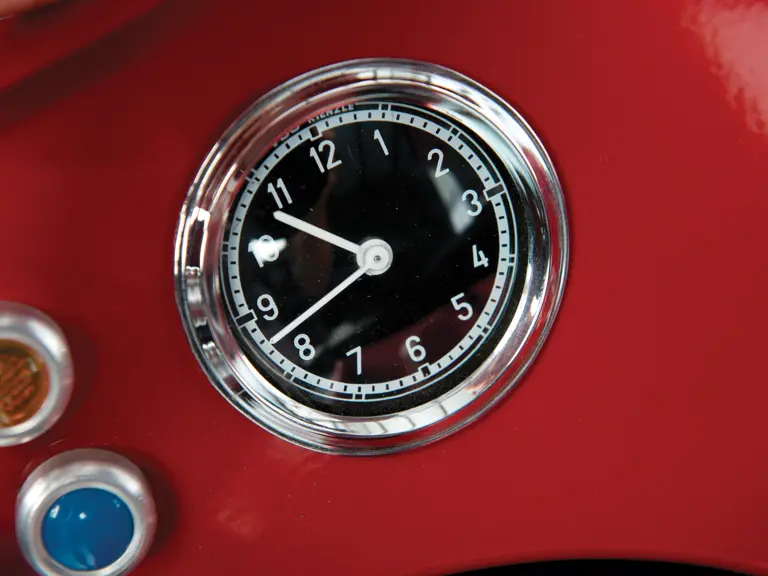
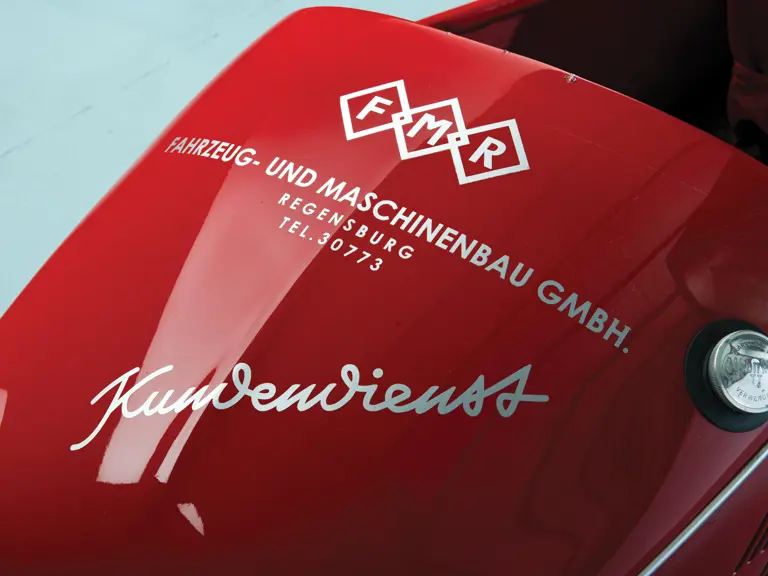
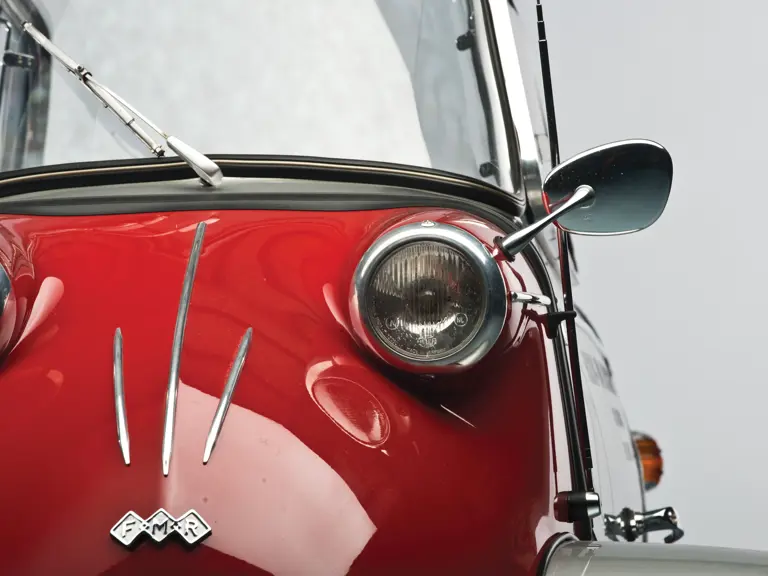
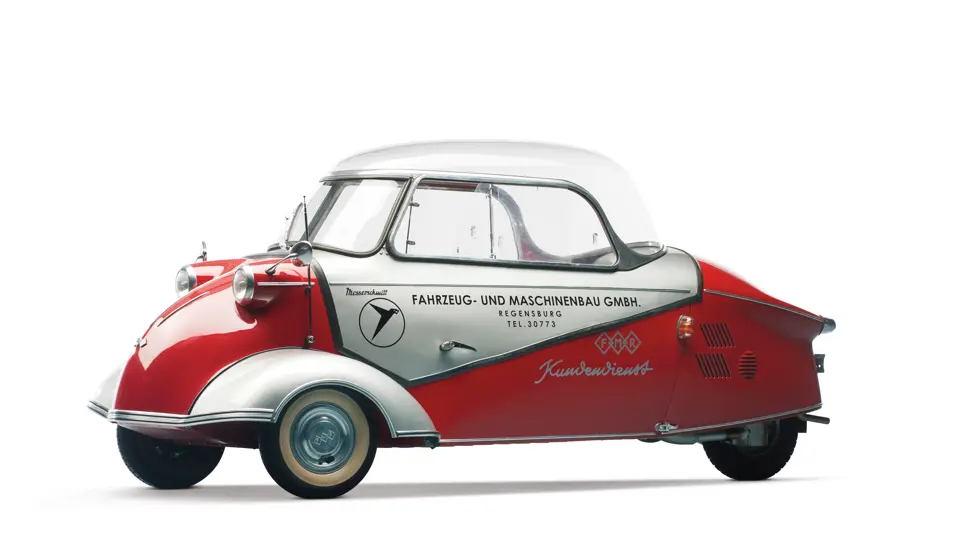
 | Madison, Georgia
| Madison, Georgia
